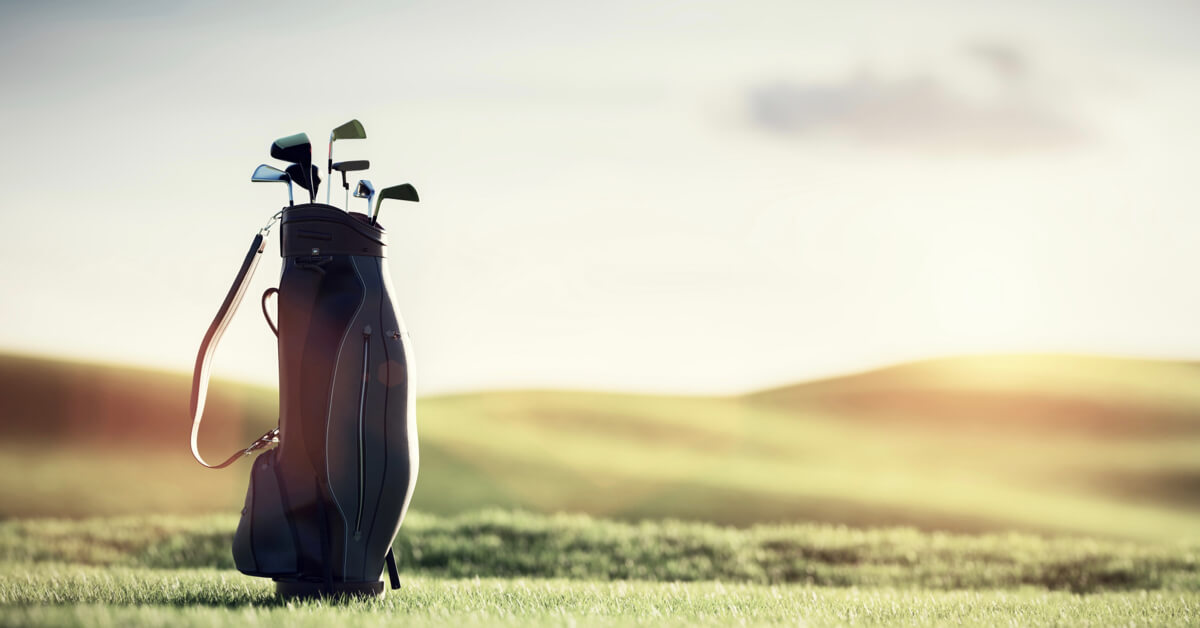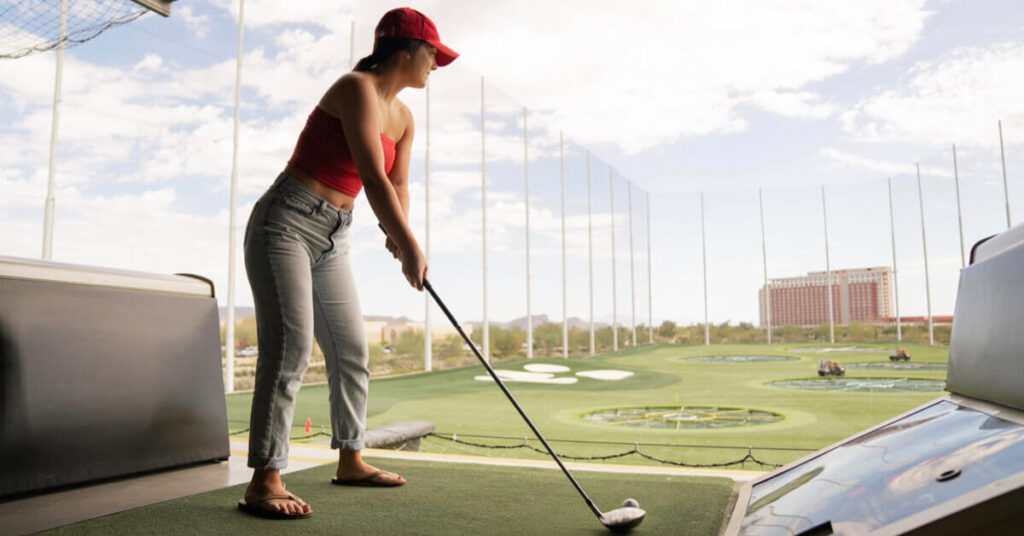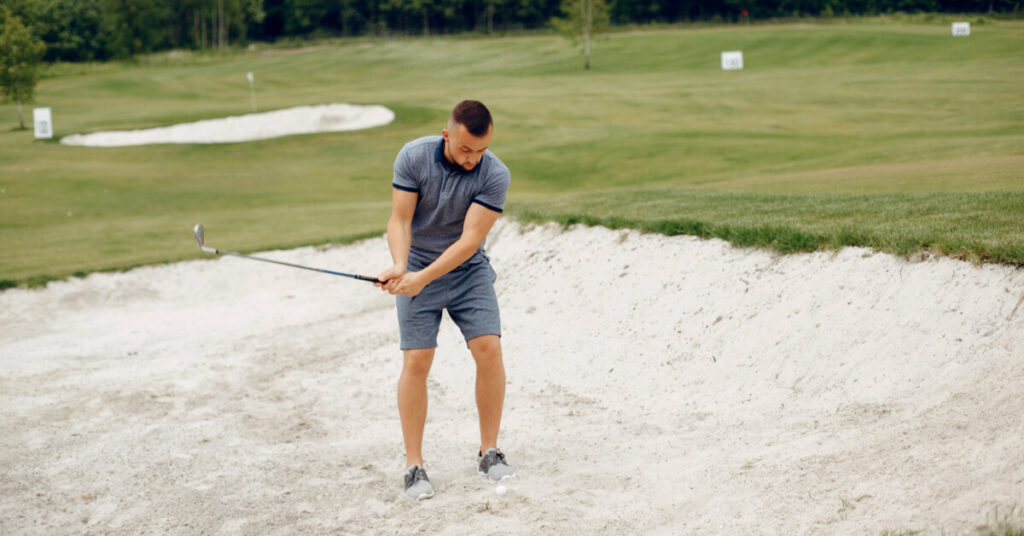Golf Clubs 101 – How To Choose Your Clubs

If you’ve been playing golf for a while and you enjoy the game, at some point you’ll likely want to get a set of clubs. If this is where you’re at right now, read on. In this blog I cover the different types of clubs and outline some considerations when buying yours.
Golf clubs are not cheap. If you are serious about playing golf, you need to be sure that you have the right clubs for your game. You do not need to spend a fortune on clubs, but you do want to make sure that the clubs you buy are right for your particular game.
If you are new to the sport of golf, then it is a good idea to start with a complete set of clubs that will give you all of the different types of clubs that you need. You can buy them as a set or individually. If you want to buy them individually, then it is best to do so from the same manufacturer and in the same style so that they match and feel similar in your hands.
How to Choose Your Clubs
The first thing you need to know before you go out and buy your new set of golf clubs is how many clubs you are going to carry. The maximum number of clubs you can carry is fourteen. However, the more clubs you carry, the greater the added weight in the golf bag and the more difficult it will be to walk eighteen holes of golf (even with the use of a push trolley for your bag).
A typical starter set contains between eight to eleven clubs. This will allow you to have a variety of club types without overloading your golf bag.
The next thing you need to know is what types of clubs are available. Most starter sets will include a driver (also called a 1 wood), 3 wood, 5 wood, 3 iron, 4 iron, 5 iron, 6 iron, 7 iron, 8 iron, 9 iron, pitching wedge (PW), sand wedge (SW) and putter. There are also hybrid clubs that combine elements from both woods and irons. As a beginner golfer it is advised that you start with a set that contains as many different types of clubs as possible so that you can determine which ones work best for your game as well as which ones are most comfortable for your swing type.
When a new golfer starts looking for golf clubs, he/she is confronted with an array of choices, many of which are based on misleading advertising and confusing terminology. Here are some basic tips to help with the selection process.
The first thing to keep in mind when buying golf clubs is that they are not one size fits all. If a particular golf club works very well for one golfer who has a slow swing speed and a high handicap, it might be completely wrong for another golfer who has a fast swing speed and low handicap.
The right golf club for any particular golfer is the club that maximizes performance while minimising side effects like hooks, slices, and other undesirable shots.
Choosing the right golf clubs can be a very difficult decision to make. You have to consider your swing, your ability, your budget and the type of game you play. There are so many different brands and types of golf clubs on the market, as well as different styles of play, that it can be overwhelming trying to choose what's best for you.
Here are some basic rules to keep in mind when shopping for your golf clubs:
- Do a little research before you buy. Try out different clubs at the driving range or pro shop and talk to other golfers about their experiences with certain sets of clubs.
- Choose a set that matches your style of play. There is no point in investing in a set of clubs if they don't suit your game. If you are not sure what style of golfer you are, ask a professional instructor or read through some golf magazines to find tips on improving your game based on what type of golfer you are.
- Budget is always an important factor when buying anything, especially something like golf clubs which can cost thousands of dollars if you get a full set with all the latest technology available today.
If you are a new golfer, it can be intimidating and confusing when you go to a golf shop and look at the vast array of choices available. Here are some of the most important things to consider when buying new equipment.
Club Technology
The most important thing to understand about golf technology is how it will affect your swing and your game. Technology is a big part of golf these days. Golf clubs have gotten lighter and heavier, longer, shorter, larger or smaller depending on the manufacturer's idea about what will help you hit the ball straighter and further.
To get a good idea about the technology behind golf clubs, read the manufacturers websites. Manufacturers' websites are also good sources for comparing models between brands so you can see exactly what is different between them.
Golf Club Fitting
The best way to make sure you're getting clubs that fit your body type and golf swing is to be fitted by a professional club fitter. The best way to find one near you is through one of the major golf club manufacturers.
There are different types of golf club, each with its own purpose and design. Learning about these different types of clubs and what they do will help you choose the right ones for your game.
The Clubs
There are three types of golf clubs: woods, irons, and putters. Woods are primarily used for distance shots on the fairway or tee box, while irons are typically used for approach shots to get onto the green. Putters are used to roll the ball into the hole on the putting surface.
Woods
Woods (also referred to as drivers) have a large head to give you maximum distance off the tee on long holes. You'll want to use your driver when you drive from the tee box on the longest holes in order to hit your ball as far as possible down the fairway toward the putting surface (the green). Drivers are so-called because they were originally made out of wood; today's drivers are typically made out of metal.
The typical driver will have a loft between 8° and 12°. Loft is a term that refers to how much air time you can expect from your shot; lower lofted clubs will have less airtime whereas higher lofted clubs will have more airtime.
Irons
Irons are used to propel the ball towards the hole. These clubs typically have shorter shafts and smaller clubheads than woods.
The most common type of club, irons are usually made of iron (hence the name) or steel and the head features a large, flat angled surface with grooves.
Irons are typically used from the teeing ground on shorter holes, from the fairway as a player approaches the green and also to extract the ball from hazards, such as the bunker.
In a standard set of clubs, irons usually make up between 7 and 11 of the set.
Putters
A putter is used in golf to make relatively short and low-speed strokes with the intention of rolling the ball into the hole from a short distance. It is different from the other clubs because the clubhead is very flat with a low-loft striking face.
Putters also feature bent shafts, non-circular grips, and positional guides.
In general, putters are used for close distance shots, on the putting green. A highly specialised club, and arguably the most important one, a putter is something that every good golfer needs.
Hopefully now you have a clearer idea of the different types of clubs, their uses and what to consider before choosing yours. The most important thing to remember is to take your time and find what works best for you. A set of golf clubs is an investment and a good one will give you many years of pleasure, whilst also helping you to play your best game. So, choose wisely!


